Home>Garden Essentials>How To Seed Ryegrass
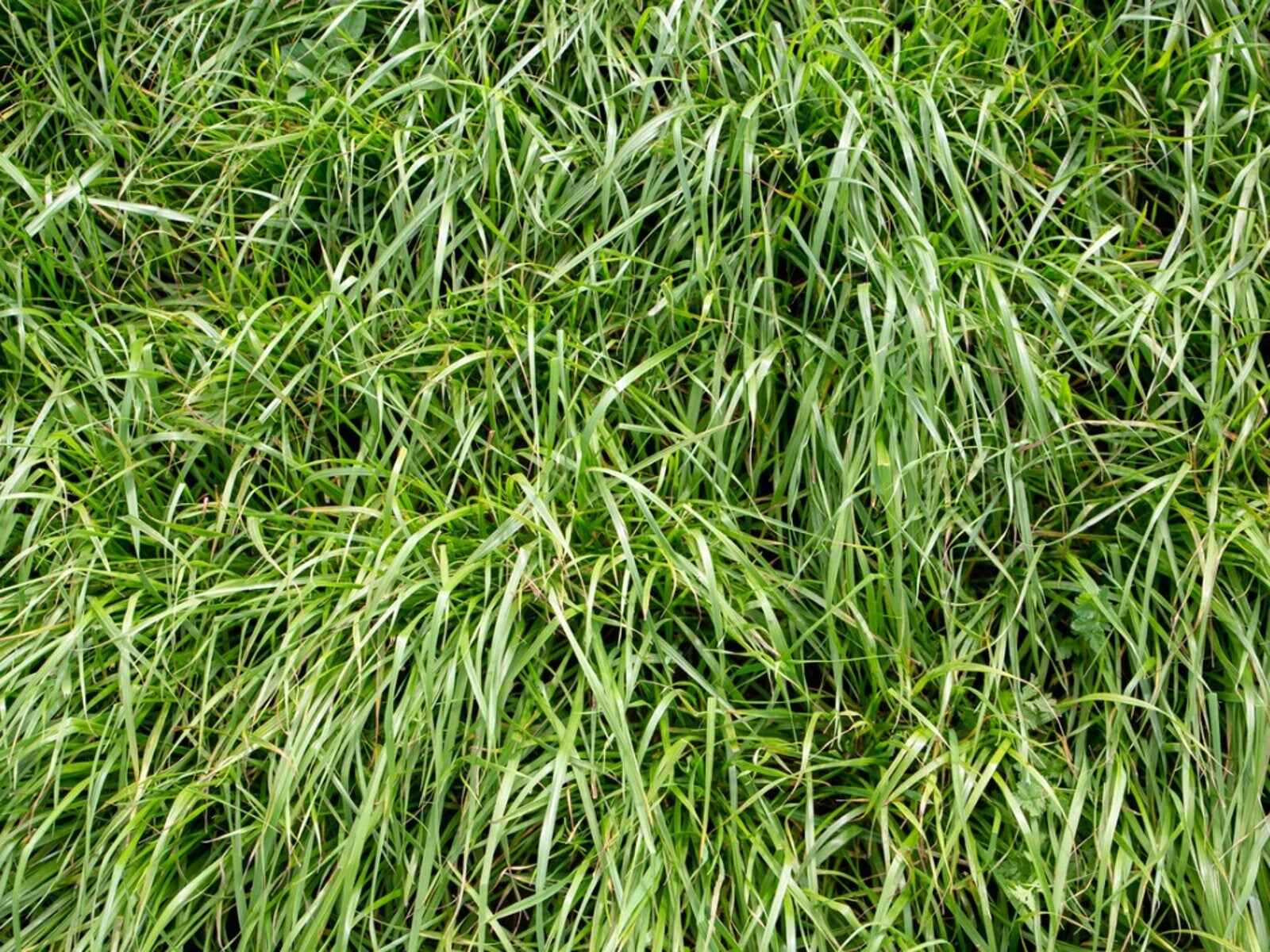

Garden Essentials
How To Seed Ryegrass
Modified: April 22, 2024
Learn how to successfully seed ryegrass in your garden with our step-by-step guide. Achieve lush, green results with our expert tips and techniques.
(Many of the links in this article redirect to a specific reviewed product. Your purchase of these products through affiliate links helps to generate commission for Storables.com, at no extra cost. Learn more)
Introduction
Welcome to the world of ryegrass seeding! Whether you’re a seasoned gardener or just starting out, seeding ryegrass can be a wonderful way to enhance the beauty and functionality of your garden. Ryegrass is a versatile and resilient grass species that can thrive in a variety of climates and soil conditions. In this article, we will explore the benefits of seeding ryegrass, discuss the ideal time and location for seeding, provide tips on preparing the soil, guide you in selecting the right ryegrass variety, explain how to calculate the appropriate amount of seed, and share proper seeding techniques. We will also cover essential care instructions for newly seeded ryegrass, troubleshoot common issues that may arise in the process, and conclude with some final thoughts on the topic.
Seeding ryegrass offers numerous advantages, making it a popular choice among gardeners. One of the significant benefits is its fast germination and establishment rate. Unlike some grass species that can take weeks to show progress, ryegrass typically sprouts within 5 to 7 days, giving you a lush green lawn in no time.
Furthermore, ryegrass is known for its durability and ability to withstand heavy foot traffic. This makes it an excellent choice for high-traffic areas such as sports fields and playgrounds. Ryegrass also has remarkable cold tolerance, allowing it to thrive in cooler climates where other grass species may struggle.
Another advantage of seeding ryegrass is its adaptability to various soil types. Whether you have sandy, loamy, or clay soil, ryegrass can grow well with proper care and maintenance. It also has a deep root system, helping to prevent soil erosion and improve water filtration and retention.
Seeding ryegrass can also be a valuable tool for soil improvement. It acts as a cover crop, protecting the soil from erosion, reducing weed growth, and adding organic matter as it decomposes. The roots of the ryegrass help to break up compacted soil, improving soil structure and aeration.
Now that we’ve discussed some of the benefits of seeding ryegrass, it’s time to explore the key factors to consider when deciding the best time and location to seed your ryegrass garden.
Key Takeaways:
- Seeding ryegrass offers fast growth, durability, and soil improvement, making it a great choice for creating lush lawns and controlling erosion.
- To ensure successful ryegrass seeding, choose the right time and location, prepare the soil, calculate the seed amount, and follow proper seeding and care techniques.
Read more: How To Plant Ryegrass Seed
Benefits of Seeding Ryegrass
Seeding ryegrass in your garden offers a multitude of benefits, making it a popular choice among gardeners. Here are some key advantages of seeding ryegrass:
- Lush and Vibrant Greenery: Ryegrass is known for its fast germination and establishment rate. Within just a few days, you can see your garden transform into a lush and vibrant green space. Whether you’re looking to create a beautiful lawn or add visual appeal to an empty patch in your garden, ryegrass can provide the desired results in a short timeframe.
- Durability and Resilience: Ryegrass is a tough and resilient grass species. It can withstand heavy foot traffic, making it an ideal choice for areas such as sports fields, parks, and playgrounds. Unlike some other grass species that easily wear out or become sparse in high-traffic areas, ryegrass maintains its dense growth and durability, ensuring a green and healthy ground cover even with frequent use.
- Cold Tolerance: If you live in a region with cold winters, ryegrass can be a perfect solution for maintaining a vibrant lawn year-round. It has excellent cold tolerance, allowing it to stay green and healthy even in lower temperatures. While warm-season grasses may go dormant or turn brown during winter, seeded ryegrass can provide a lush and green landscape throughout the colder months.
- Improved Soil Quality: Seeding ryegrass acts as a cover crop, providing several benefits for the soil. The dense root system of ryegrass helps in preventing soil erosion, particularly on sloped or bare areas. The roots also help to break up compacted soil, improving its structure and allowing for better water penetration and nutrient absorption. As the ryegrass plants decompose, they add organic matter to the soil, promoting its fertility and overall health.
- Weed Suppression: Another advantage of seeding ryegrass is its ability to suppress weed growth. When ryegrass is established and growing vigorously, it forms a thick turf that prevents weed seeds from germinating and competing for space and resources. This natural weed control can reduce the need for chemical herbicides and help maintain a cleaner and more aesthetically pleasing garden.
These are just a few of the many benefits of seeding ryegrass in your garden. Whether you’re looking to create a beautiful lawn, improve soil quality, or enhance the functionality of your outdoor space, ryegrass can be a valuable addition to your gardening efforts. Now, let’s move on to discussing the ideal time and location for seeding ryegrass.
Choosing the Right Time and Location for Seeding
Choosing the optimal time and location for seeding ryegrass is crucial to ensure successful germination and establishment. Here are some factors to consider when determining the right time and location:
Climate: The climate plays a significant role in determining the best time to seed ryegrass. Ryegrass thrives in cool-season regions, where the temperatures range between 50 to 75 degrees Fahrenheit (10 to 24 degrees Celsius). It is important to avoid seeding ryegrass during extreme temperature conditions, such as excessively hot or cold weather, as this can hinder germination and growth.
Growing Season: It is advisable to seed ryegrass during the appropriate growing season for your region. In most cool-season areas, fall is the best time to seed ryegrass, as the temperatures are cooler, and there is ample rainfall to support germination and establishment. Spring is also a suitable time for seeding ryegrass, but it should be done early enough to allow the grass to establish before the onset of the hot summer months.
Soil Conditions: The condition of the soil is another important factor to consider when choosing the location for seeding ryegrass. Ryegrass prefers well-draining soils with a slightly acidic to neutral pH level of around 6.0 to 7.0. The soil should be free from debris and compacted areas, as this can inhibit root growth and prevent proper establishment. Prior to seeding, it is recommended to prepare the soil by loosening it with a tiller or rake and removing any weeds or grasses that might compete with the ryegrass.
Sunlight and Shade: Ryegrass generally performs well in areas that receive full sun or partial shade. However, the amount of sunlight the seeded area receives can affect the growth and appearance of the ryegrass. If you have a shaded garden, choose a ryegrass variety that is tolerant of shade to ensure healthy growth. In areas with intense heat, partial shade can help protect the grass from stress and maintain its vibrant green color.
Water Availability: Adequate water availability is essential for proper germination and establishment of ryegrass. Before seeding, ensure that the area has access to irrigation or a water source for regular watering. Newly seeded ryegrass requires consistent moisture to support growth. During hot and dry spells, additional watering may be needed to prevent the grass from drying out and dying.
Considerations for Overseeding: If you’re planning to overseed an existing lawn with ryegrass, timing and preparation are vital. Overseeding is typically done in early fall or spring when the existing grass is actively growing. Before overseeding, mow the existing lawn short and remove any thatch to ensure good seed-to-soil contact. It is also important to use a ryegrass variety that is compatible with the existing grass in terms of growth habits and maintenance requirements.
By considering these factors, you can choose the right time and location for seeding ryegrass, setting the stage for successful germination and establishment. Next, let’s dive deeper into preparing the soil for seeding ryegrass.
Preparing the Soil for Seeding
Properly preparing the soil is a crucial step in ensuring successful germination and establishment of ryegrass. Here are some important tips to follow when preparing the soil for seeding:
Clear the Area: Start by clearing the area of any debris, rocks, and existing vegetation. Remove weeds, grass, and roots from the area, as they can compete with the ryegrass for nutrients and space. Use a rake or garden hoe to loosen the top layer of soil, making it easier to remove any unwanted vegetation.
Test the Soil: Testing the soil can provide valuable information about its pH level, nutrient content, and overall fertility. Use a soil testing kit or send a sample to a local extension service for analysis. Based on the test results, you can make any necessary amendments to ensure optimal soil conditions for seeding ryegrass. Adjustments may include adding limestone to raise pH levels or adding compost or fertilizer to improve nutrient levels.
Loosen the Soil: To promote better root growth and seed-to-soil contact, it is important to loosen the soil. Use a garden tiller or a rake to gently cultivate the top layer of soil. Avoid excessive tilling, as it can lead to compaction in the long run. Loosening the soil will make it easier for the ryegrass seeds to penetrate and establish a strong root system.
Level the Surface: After tilling, ensure that the surface is leveled. Use a rake or a leveling tool to even out any uneven areas or depressions. A smooth and level surface will help with seed distribution and promote uniform germination and growth.
Improve Drainage: If your soil has poor drainage, take steps to improve it before seeding ryegrass. Incorporate organic matter such as compost or well-rotted manure into the soil to enhance its structure and drainage capabilities. Avoid overwatering or allowing stagnant water to accumulate, as this can lead to root rot and other issues.
Seedbed Preparation: Prior to seeding, create a suitable seedbed by lightly raking the soil surface. This will help create small furrows or grooves where the ryegrass seeds can settle. Aim for a seed depth of about ¼ to ½ inch (0.6 to 1.3 cm). It is important to follow the specific seeding instructions for the ryegrass variety you have chosen, as different varieties may have slightly different seed depth requirements.
By following these steps, you can ensure that the soil is properly prepared and ready for seeding ryegrass. Remember to always read and follow the specific instructions provided by the seed manufacturer for optimal results. Next, we will delve into the process of selecting the right ryegrass variety for your garden.
Selecting the Right Ryegrass Variety
When it comes to selecting the right ryegrass variety for your garden, it’s important to consider several factors such as climate, intended use, and maintenance requirements. Here are some essential points to keep in mind:
Climate Compatibility: Different ryegrass varieties have varying tolerance levels to heat, cold, and drought. It’s crucial to choose a variety that is suitable for your specific climate. Cool-season ryegrass varieties are typically recommended for regions with cooler temperatures, while warm-season varieties are better suited for areas with hot summers.
Intended Use: Consider the primary purpose of the ryegrass in your garden. If you’re looking to establish a lush green lawn, opt for a turf-type ryegrass variety. These varieties are bred for their fine texture, dense growth, and ability to withstand regular mowing. On the other hand, if you’re planning to use the ryegrass for erosion control or as a cover crop, select a variety that is known for its vigorous growth and sturdy root system.
Maintenance Requirements: Different ryegrass varieties have varying maintenance needs, including mowing frequency, fertilization requirements, and disease resistance. Be sure to choose a variety that aligns with your desired level of maintenance. Some varieties may require more frequent mowing and higher levels of fertilization, while others may be more low-maintenance.
Seed Blend or Straight Variety: Depending on your preferences and specific needs, you can choose between a ryegrass seed blend or a straight variety. A seed blend typically consists of a mix of ryegrass varieties, offering a combination of desirable traits such as disease resistance, drought tolerance, and color. Meanwhile, a straight variety consists of a single ryegrass variety and allows for more control over the specific characteristics you desire.
Expert Recommendations: Consult local gardening experts, extension services, or professional landscapers for recommendations on suitable ryegrass varieties for your area. They will have valuable insights into which varieties have performed well in your region and can help guide you in making an informed choice.
By taking these factors into consideration, you can select the right ryegrass variety that suits your climate, intended use, and maintenance preferences. Once you’ve chosen the variety, it’s time to determine the appropriate amount of seed you’ll need. In the next section, we’ll discuss how to calculate the amount of ryegrass seed needed for your project.
When seeding ryegrass, make sure to prepare the soil by removing any debris and loosening the top layer. Then, evenly spread the ryegrass seeds over the area and lightly rake them into the soil. Water the area regularly to keep the soil moist for germination.
Read more: How Much Is Ryegrass Seed
Calculating the Amount of Seed Needed
Calculating the amount of ryegrass seed needed for your project is essential to ensure adequate coverage and successful establishment. Here’s a step-by-step guide to help you determine the right amount:
Measure the Area: Start by measuring the area where you plan to seed ryegrass. If you have a square or rectangular space, simply measure the length and width using a measuring tape. If the area is irregular in shape, break it down into smaller sections and measure each section separately.
Convert Units: Make sure to convert your measurements to a consistent unit of measurement. For example, if you measured the length in feet and the width in yards, convert both to either feet or yards for accurate calculations.
Calculate the Square Footage: To calculate the square footage of the area, multiply the length by the width. For irregularly shaped areas, calculate the square footage of each section separately and then add them together to get the total square footage.
Determine Seeding Rate: The recommended seeding rate for ryegrass varies depending on the variety and intended use. Typically, for a new lawn, the seeding rate falls between 5 to 10 pounds per 1,000 square feet (2.25 to 4.5 kg per 92.9 square meters). For overseeding, where the existing grass is already present, reduce the seeding rate to 3 to 5 pounds per 1,000 square feet (1.4 to 2.25 kg per 92.9 square meters).
Run the Calculation: Multiply the square footage of the area by the seeding rate to determine the total amount of ryegrass seed needed. For example, if you have a 1,000 square foot area and the recommended seeding rate is 7 pounds per 1,000 square feet, you will need 7 pounds of ryegrass seed.
Account for Multiple Sections: If you have several sections of the lawn or garden to seed, calculate the seed needed for each section separately and then add them together for the total amount.
Consider Overestimating: It’s a good idea to slightly overestimate the amount of ryegrass seed needed to account for any potential losses during the seeding process. This way, you’ll ensure you have enough seed to achieve adequate coverage and fill in any sparse areas.
By following these steps and considering the recommended seeding rates, you can accurately calculate the amount of ryegrass seed needed for your specific project. With your seed ready, it’s time to move on to the proper techniques for seeding ryegrass. In the next section, we’ll explore the best methods to achieve successful germination and establishment.
Proper Seeding Techniques
To achieve successful germination and establishment of ryegrass, it’s crucial to follow proper seeding techniques. Here are some key steps to ensure optimal results:
Timing: Seed ryegrass during the recommended planting season for your region. In most cool-season areas, fall is the best time for seeding, while spring can also be suitable. Ensure that the soil temperature is between 50 to 75 degrees Fahrenheit (10 to 24 degrees Celsius) for optimal germination.
Prepare the Soil: Before seeding, prepare the soil by removing debris, weeds, and rocks. Loosen the top layer of soil and create a level seedbed using a rake or garden tiller. This will provide a favorable environment for seed germination and root growth.
Seed Distribution: Spread the ryegrass seed evenly over the prepared seedbed using a spreader or by hand. For small areas, hand broadcasting is sufficient, but for large areas, a rotary spreader can ensure more even coverage. Divide the seed into two equal amounts and apply the first half in one direction, then apply the second half perpendicular to the first direction. This cross-seeding pattern will help achieve uniform coverage.
Seed Depth: Ryegrass seed should be lightly covered with a thin layer of soil. Aim for a seeding depth of approximately ¼ to ½ inch (0.6 to 1.3 cm) to promote proper germination. Avoid burying the seed too deeply as it may struggle to emerge from the soil.
Watering: After seeding, water the area gently and thoroughly to ensure proper seed-to-soil contact and initiate germination. Keep the seeded area consistently moist but not saturated throughout the germination phase. Use a fine mist or sprinkler to avoid displacing or washing away the seeds. Adjust watering frequency as necessary based on weather conditions and soil moisture levels.
Germination and Growth: Ryegrass typically germinates within 5 to 7 days under optimal conditions. Once the grass reaches a height of 2 to 3 inches (5 to 7.5 cm), gradually reduce the watering frequency but increase the amount of water applied to encourage deep root growth. This will help establish a healthy and resilient ryegrass lawn or cover crop.
Mowing: Once the ryegrass reaches a height of around 4 inches (10 cm), it is ready for its first mowing. Set the mower blade height to approximately 2 to 3 inches (5 to 7.5 cm) and mow regularly to maintain the desired height. Regular mowing promotes denser growth and helps the grass withstand foot traffic.
Fertilization: Follow a fertilization schedule appropriate for your ryegrass variety and lawn needs. Apply a balanced fertilizer in early spring and fall to provide essential nutrients for healthy growth. Avoid excessive fertilization, as it can lead to excessive top growth and increased maintenance requirements.
By following these proper seeding techniques, you can maximize the chances of successful germination and establishment of ryegrass in your garden. In the next section, we’ll discuss essential care instructions to ensure the optimal growth and health of newly seeded ryegrass.
Caring for Newly Seeded Ryegrass
Caring for newly seeded ryegrass is crucial to ensure its proper growth and establishment. Here are some essential care instructions to follow:
Watering: Proper watering is critical during the germination and establishment phase. Keep the seeded area consistently moist but not saturated. Water lightly and frequently to prevent the soil from drying out. Aim for watering in the early morning or late afternoon to minimize evaporation. As the ryegrass seedlings establish and grow, gradually reduce the frequency of watering but increase the amount of water applied each time to encourage deep root growth.
Mowing: Once the ryegrass reaches a height of around 4 inches (10 cm), it’s time for the first mowing. Set the mower blade to a height of 2 to 3 inches (5 to 7.5 cm) and remove no more than one-third of the grass blade length. Regular mowing helps promote dense growth and prevents the grass from becoming overgrown. Avoid mowing when the grass is wet to prevent clumping and damage to the seedlings.
Fertilization: Apply a balanced fertilizer specifically formulated for ryegrass in early spring and fall to provide essential nutrients for healthy growth. Follow the instructions on the fertilizer package for proper application rates. Avoid excessive fertilization, as it can lead to excessive top growth and increase the risk of disease and pest issues.
Weed Control: Weed competition can be detrimental to the growth of newly seeded ryegrass. Regularly inspect the area for any signs of weed growth and take appropriate measures to control them. Hand-pull small weeds or use a selective herbicide recommended for ryegrass lawns. Avoid applying pre-emergent herbicides immediately after seeding, as they can hinder the germination process of ryegrass seeds.
Aeration: Aerating the lawn can be beneficial for newly seeded ryegrass. Core aeration helps reduce soil compaction, improves water and nutrient penetration, and enhances overall root growth. Aerate the lawn in the early fall or spring, preferably before or after the peak growing season for ryegrass.
Monitor for Diseases and Pests: Keep an eye out for any signs of diseases or pest infestations such as fungal diseases, pests, or insects. Proper maintenance practices such as mowing at the right height, ensuring adequate air circulation, and avoiding overwatering can help prevent diseases. If necessary, consult with a local gardening expert or extension service for guidance on controlling specific diseases or pests affecting ryegrass.
Overseeding: To maintain a healthy and vibrant ryegrass lawn, consider overseeding each year. Overseeding helps replenish any thin or sparse areas and maintains the density of the grass. Follow the same seeding techniques and care practices as mentioned earlier.
By following these care instructions, you can ensure the optimal growth and health of newly seeded ryegrass. However, it’s important to note that specific care requirements may vary depending on the ryegrass variety, local climate, and other environmental factors. Take the time to observe and understand the unique needs of your ryegrass lawn to provide the best care possible.
In the next section, we will address some common issues that may arise during the process of seeding ryegrass and provide troubleshooting tips to help you overcome them.
Common Issues and Troubleshooting
While seeding ryegrass can be a rewarding endeavor, it’s not uncommon to encounter some challenges along the way. Here are some common issues that may arise during the process of seeding ryegrass, along with troubleshooting tips to help you overcome them:
Poor Germination: If you notice patchy or uneven germination, it could be due to various factors. Insufficient seed-to-soil contact, inadequate watering, or incorrect seeding depth may be the culprits. Ensure that the seed is evenly distributed and lightly covered with soil. Be vigilant in maintaining consistent soil moisture for germination, and adjust watering practices if needed.
Weed Competition: Weeds can quickly invade and compete with newly seeded ryegrass. To combat this issue, practice regular weeding by removing weeds by hand or using a selective herbicide specifically formulated for ryegrass lawns. Avoid using pre-emergent herbicides immediately after seeding, as they can hinder the germination of ryegrass seedlings.
Poor Soil Drainage: If you notice that the soil is consistently waterlogged or the ryegrass appears wilted despite adequate watering, it may indicate poor soil drainage. To address this issue, consider improving soil drainage by incorporating organic matter, such as compost or well-rotted manure, into the soil before seeding. Aeration can also help alleviate compaction and improve drainage.
Disease and Pest Problems: Ryegrass is susceptible to various diseases, such as fungal infections or pest infestations. Ensure proper lawn maintenance practices, such as mowing at the correct height, providing adequate air circulation, and avoiding overwatering, to minimize the risk of diseases. If disease or pest issues arise, consult with a local gardening expert or extension service to identify the problem and determine the appropriate treatment.
Improper Mowing: Improper mowing practices can weaken and damage ryegrass. Ensure that the mower blades are sharp and set to the proper height (around 2 to 3 inches or 5 to 7.5 cm). Avoid cutting the grass too short, as this can stress the plants and make them more susceptible to diseases and weed encroachment. Regular but careful mowing helps maintain a healthy and attractive ryegrass lawn.
Brown Patch or Dollar Spot: Brown patch and dollar spot are two common fungal diseases that can affect ryegrass. These diseases often occur in humid or high-moisture conditions. To prevent these issues, avoid overwatering and ensure proper air circulation through regular aeration and appropriate mowing practices. If these diseases develop, apply a fungicide specifically formulated for ryegrass and follow the instructions carefully.
Under or Overfertilization: Improper fertilization can cause growth problems or nutrient deficiencies in ryegrass. Follow the recommended fertilization schedule and use a balanced fertilizer formulated specifically for ryegrass. Avoid excessive fertilization, as it can lead to excessive top growth or nutrient imbalances. Regular soil testing can help determine if any nutrient deficiencies or excesses exist and guide appropriate fertilizer application.
By addressing these common issues promptly and taking the necessary steps to remedy them, you can ensure the health and vitality of your newly seeded ryegrass. Remember, proper care and maintenance are key to success. In the final section, we’ll wrap up our discussion on seeding ryegrass with some closing thoughts.
Read more: How To Plant Ryegrass Seed In Pasture
Conclusion
Seeding ryegrass can be a rewarding and beneficial endeavor for any gardener. With its fast germination, durability, and adaptability to various soil types, ryegrass offers numerous advantages for creating lush lawns, enhancing soil quality, and controlling erosion. By following the proper seeding techniques, caring for newly seeded ryegrass, and troubleshooting common issues, you can ensure successful germination and establishment.
When seeding ryegrass, it is important to choose the right time and location that align with your climate and soil conditions. Adequately preparing the soil and calculating the appropriate amount of seed needed ensures optimal seed-to-soil contact and coverage. Following the proper seeding techniques, such as even seed distribution, light soil coverage, and consistent watering, helps promote successful germination and growth.
Once the ryegrass is established, proper care becomes essential. Regular watering, appropriate mowing, and correct fertilization help maintain the health and appearance of the ryegrass lawn. Addressing issues such as poor germination, weed competition, and disease or pest problems promptly ensures the long-term success of your ryegrass seeding project.
Remember, each gardening endeavor is unique, and there may be variations based on your specific climate, soil conditions, and the choice of ryegrass variety. Consulting local experts and seeking advice from extension services can provide valuable insights for your particular region.
Seeding ryegrass not only adds aesthetic appeal to your garden but also contributes to soil improvement, weed control, and erosion prevention. It is a versatile and resilient grass that can transform bare patches into lush green spaces. So, roll up your sleeves, prepare the soil, choose the right variety, and enjoy the beauty and benefits of a well-seeded ryegrass garden!
Frequently Asked Questions about How To Seed Ryegrass
Was this page helpful?
At Storables.com, we guarantee accurate and reliable information. Our content, validated by Expert Board Contributors, is crafted following stringent Editorial Policies. We're committed to providing you with well-researched, expert-backed insights for all your informational needs.
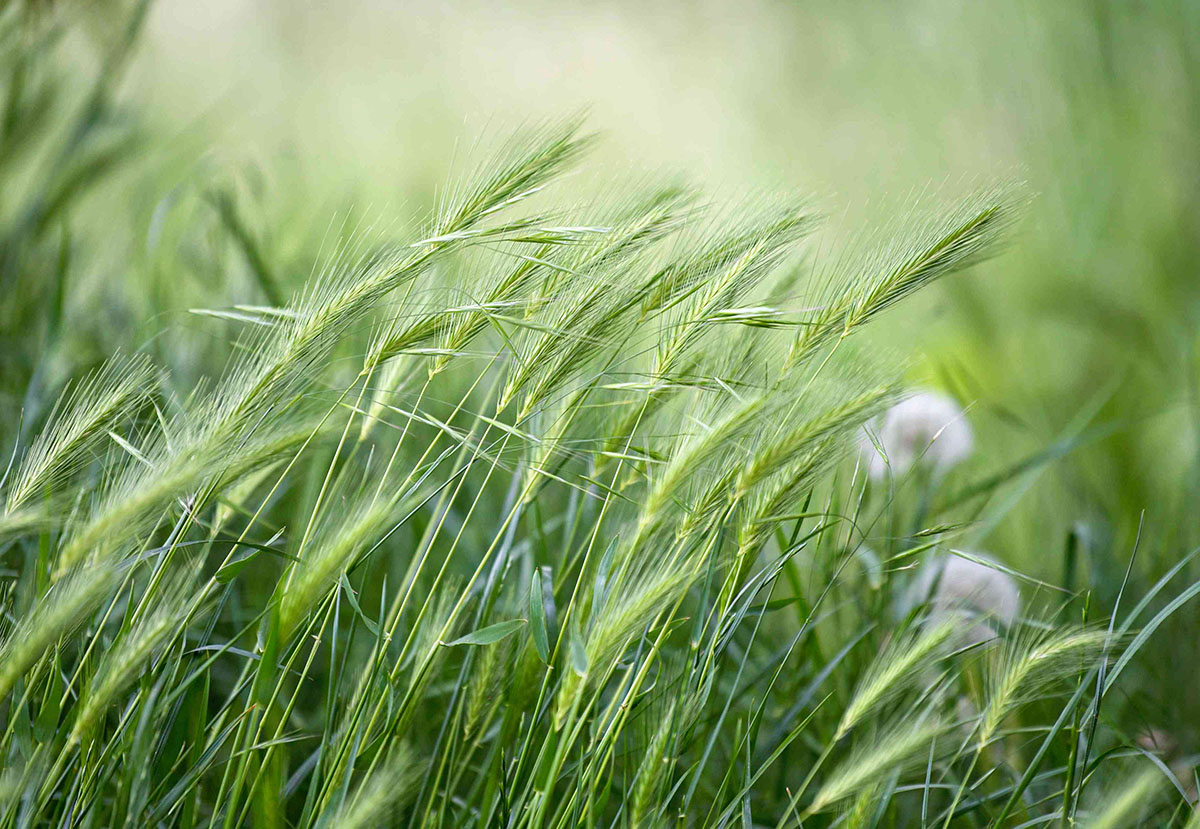
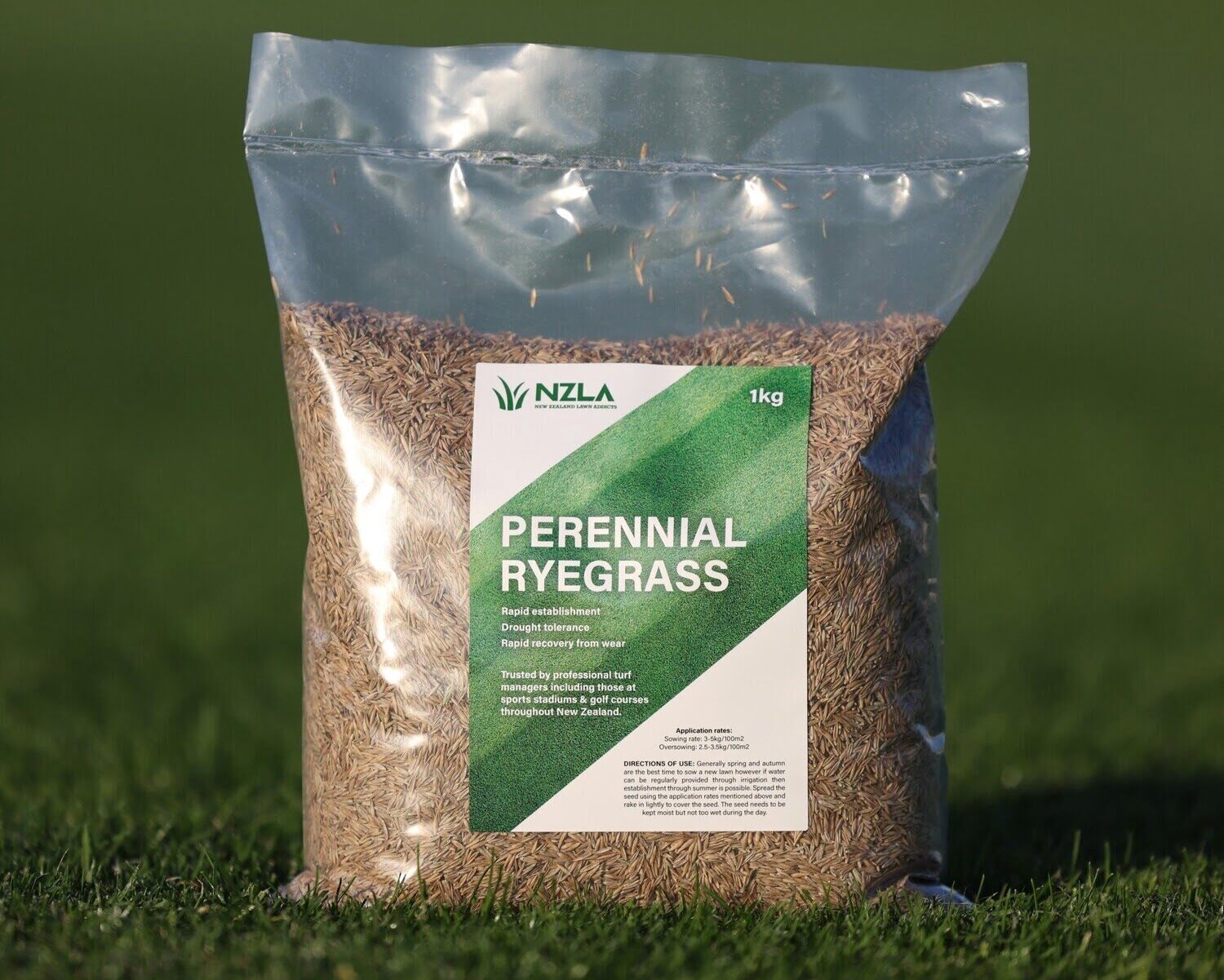
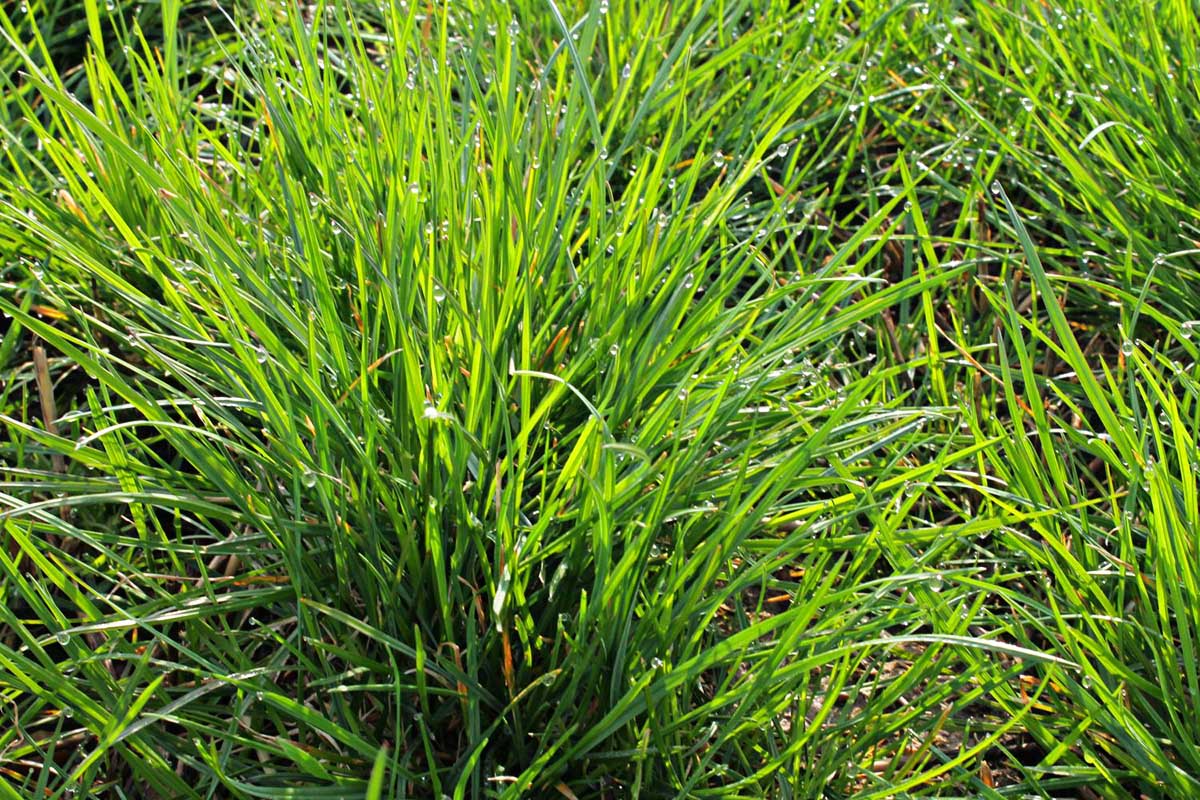
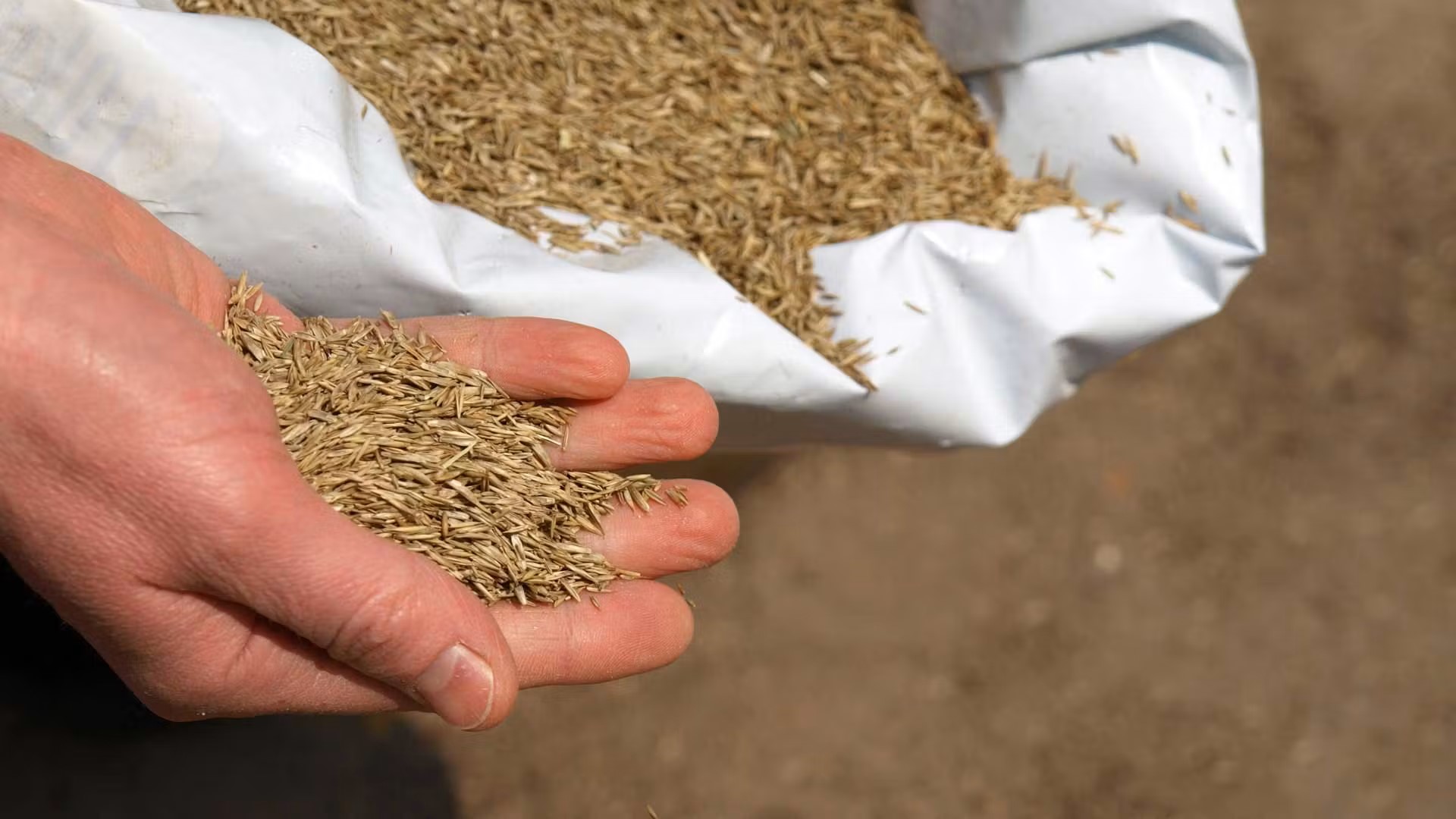
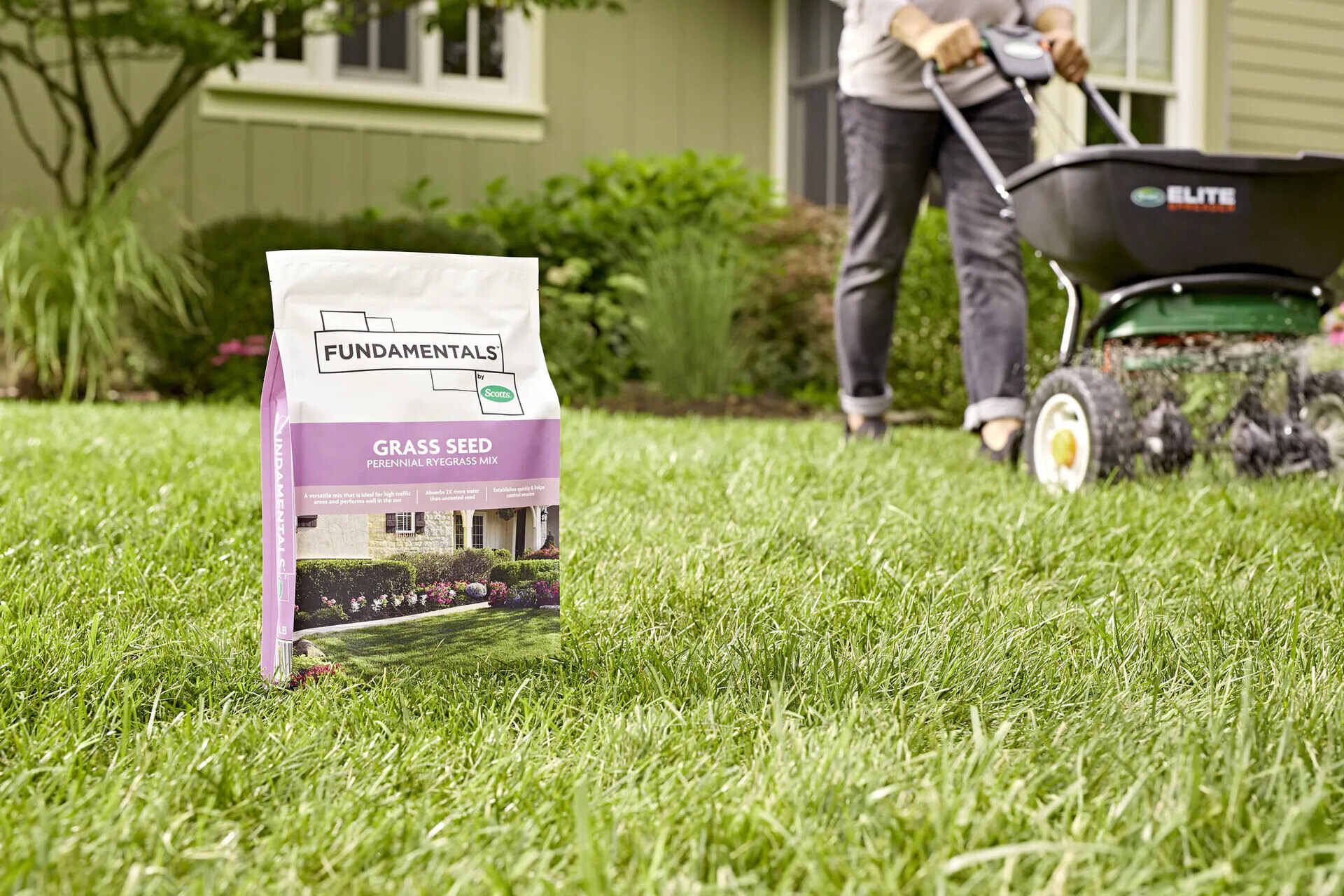
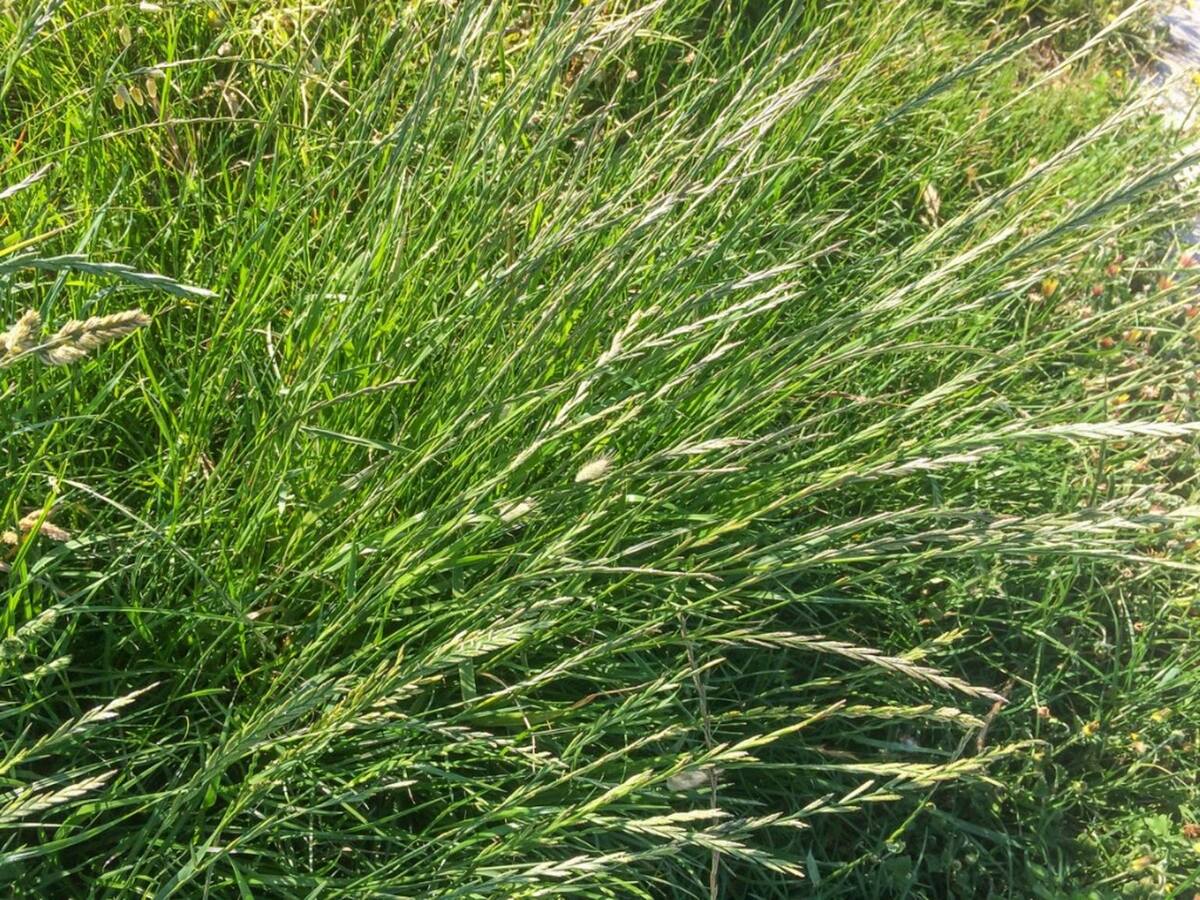
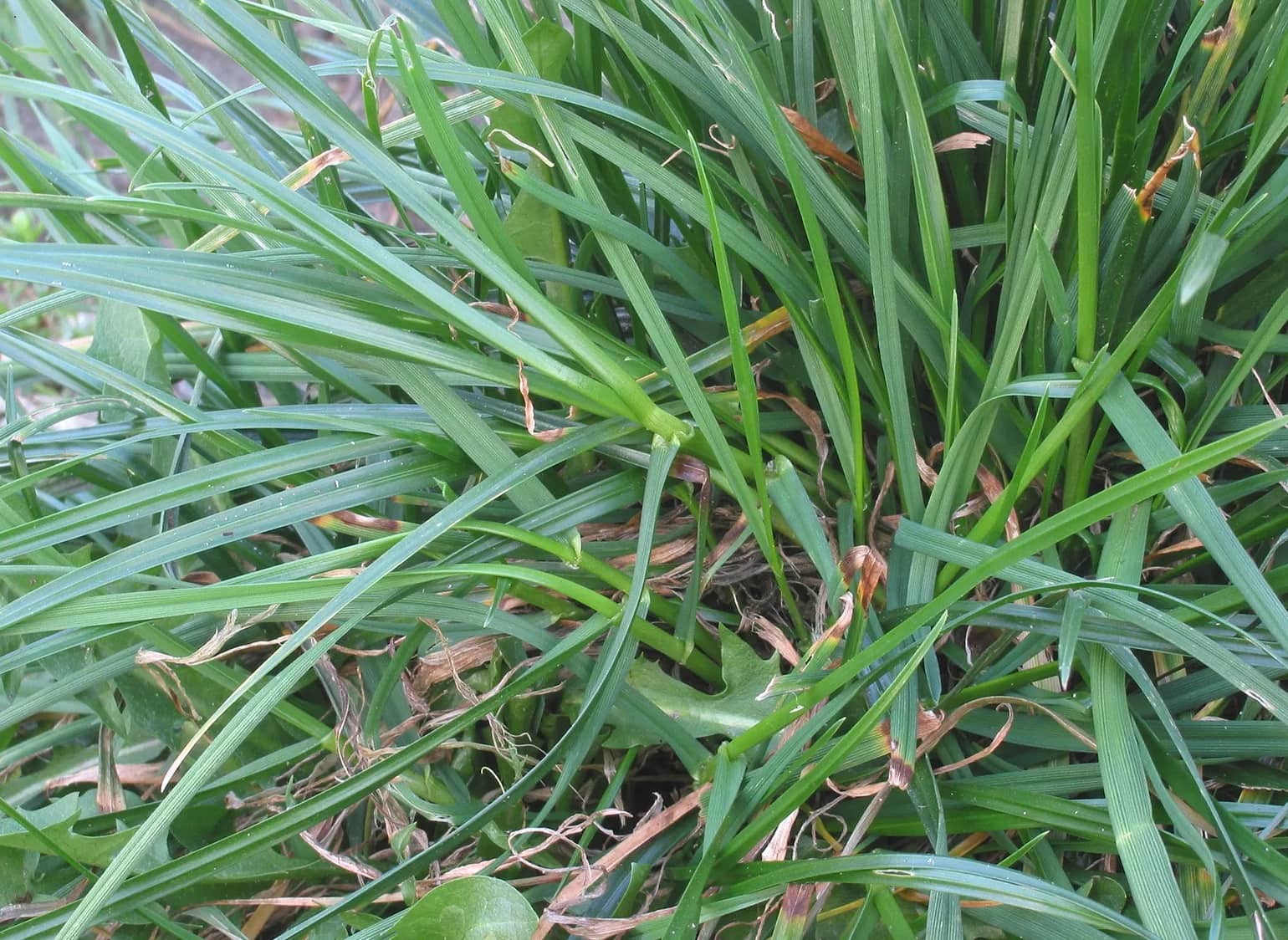
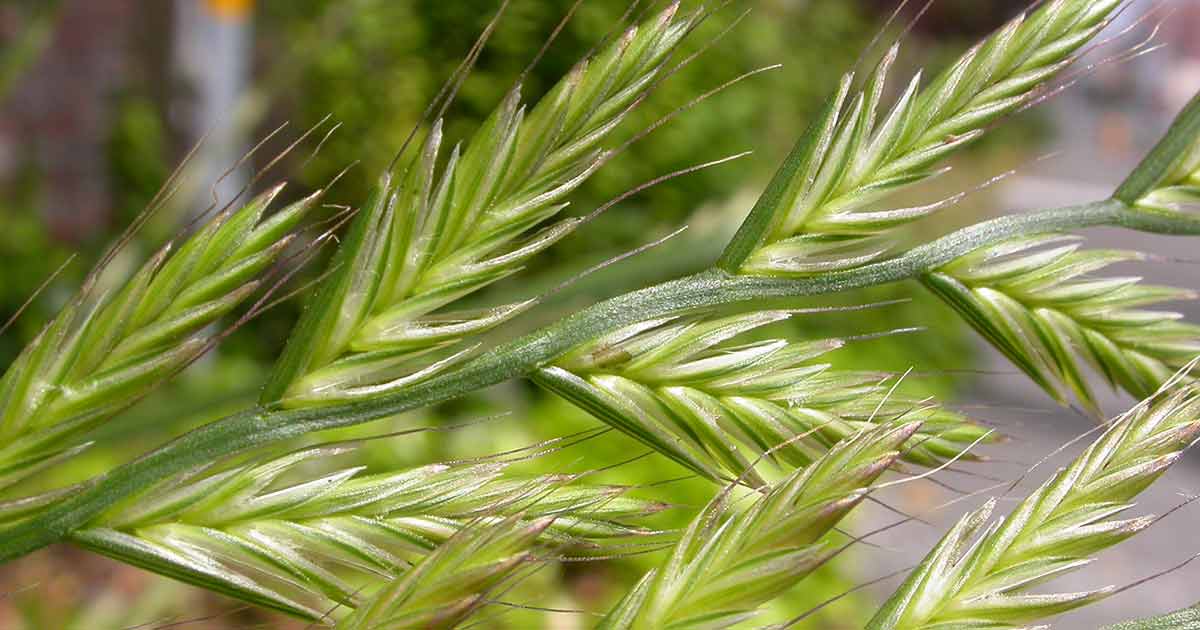
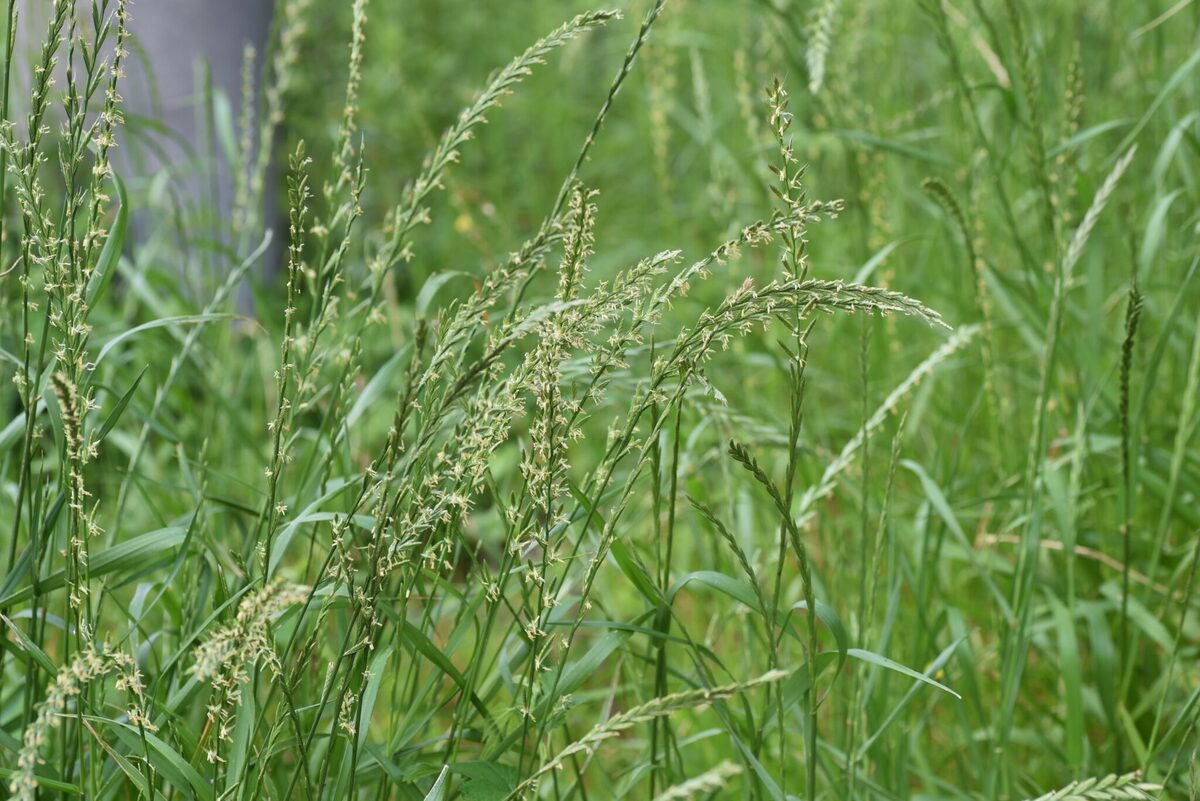
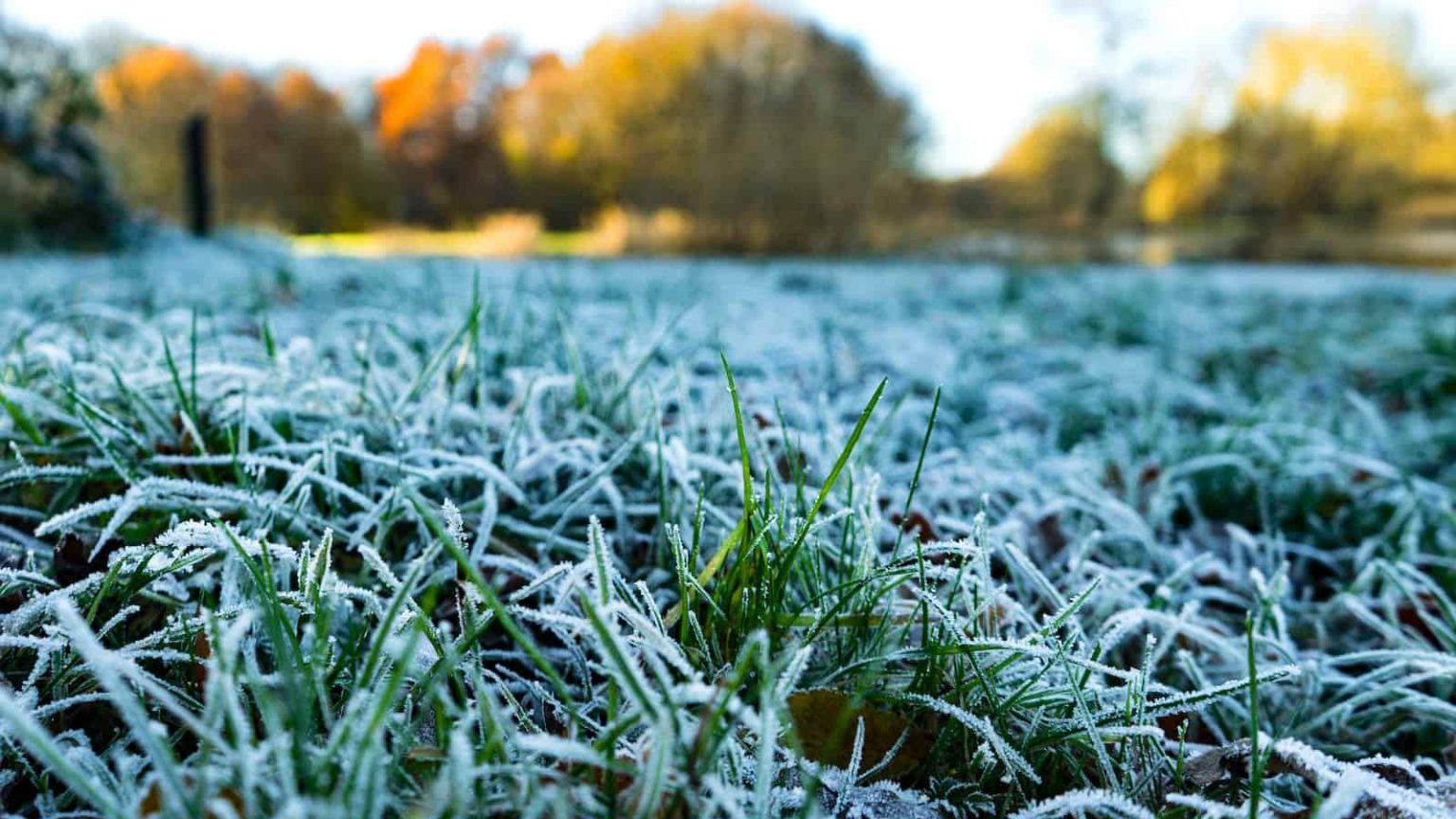
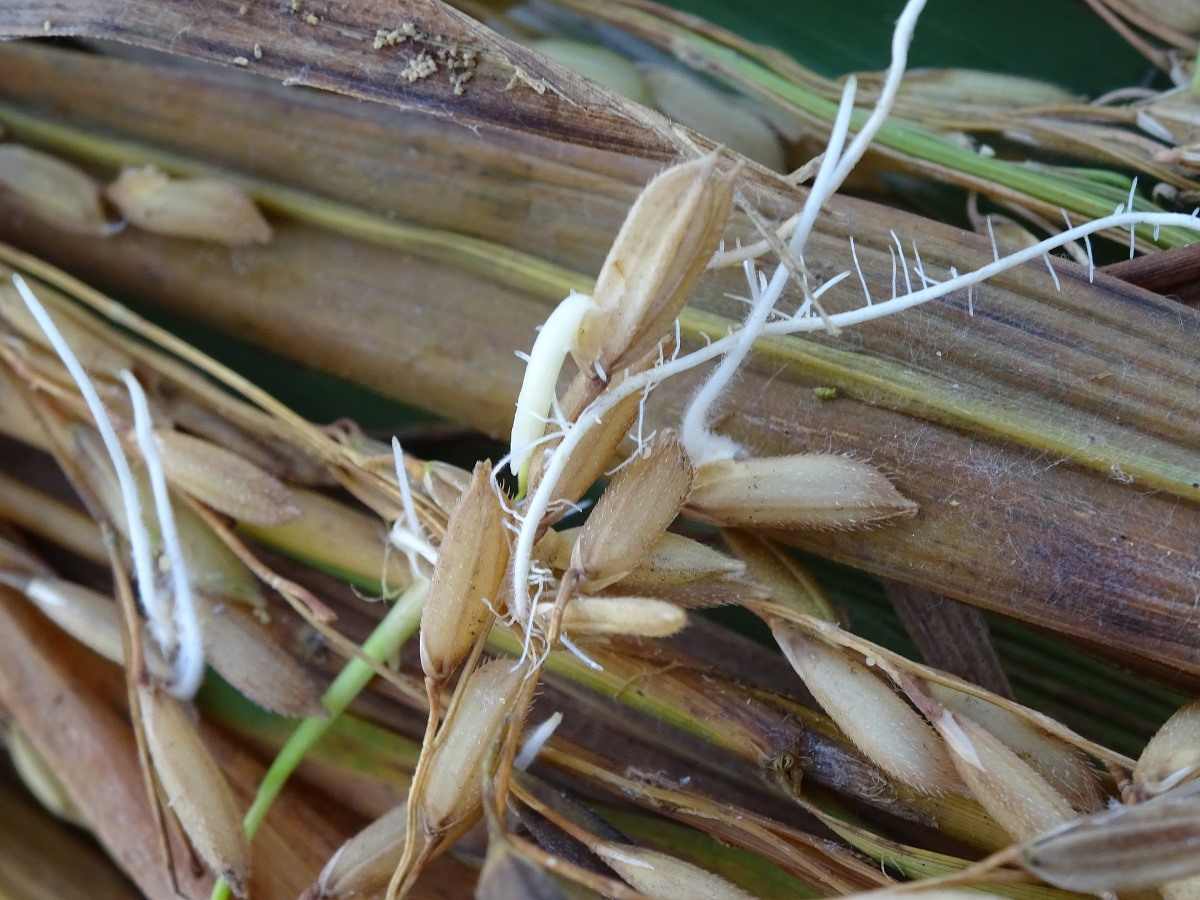
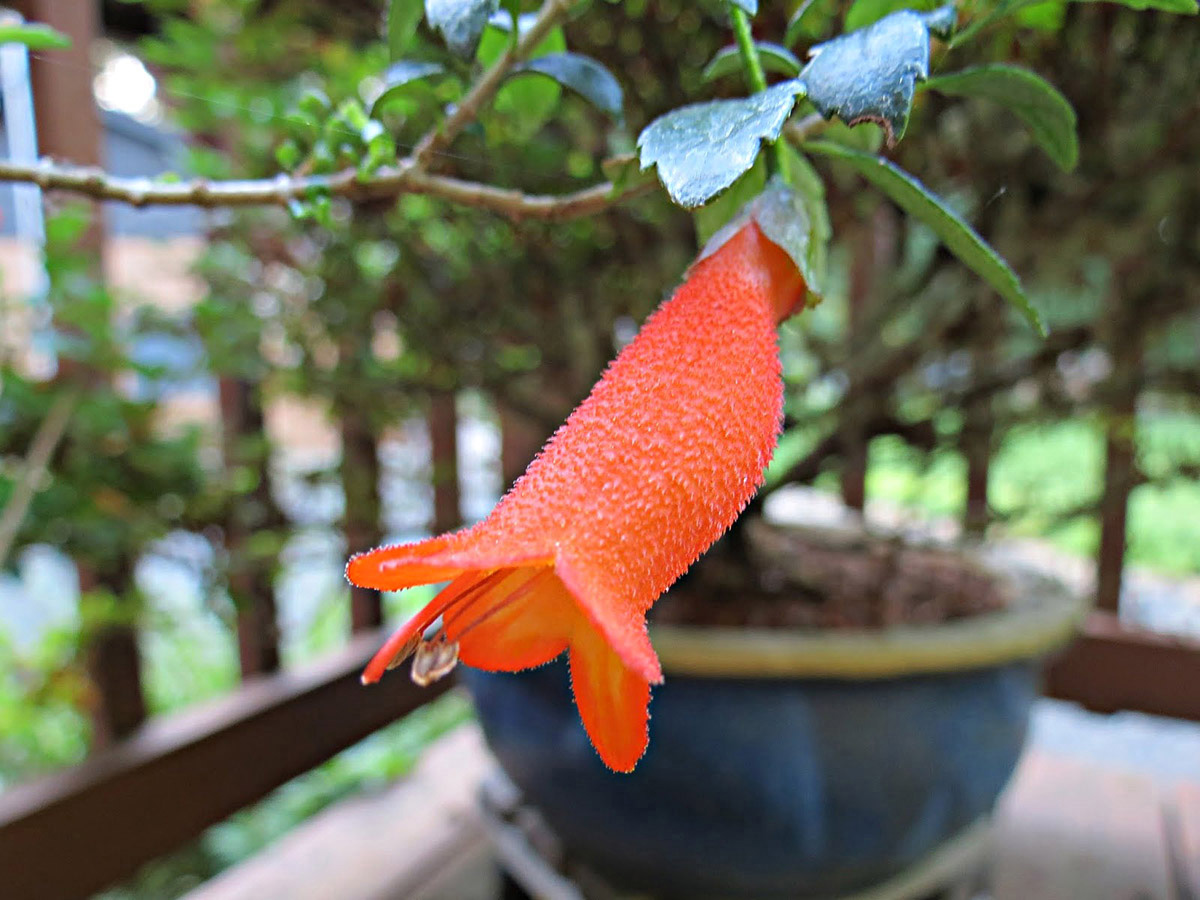
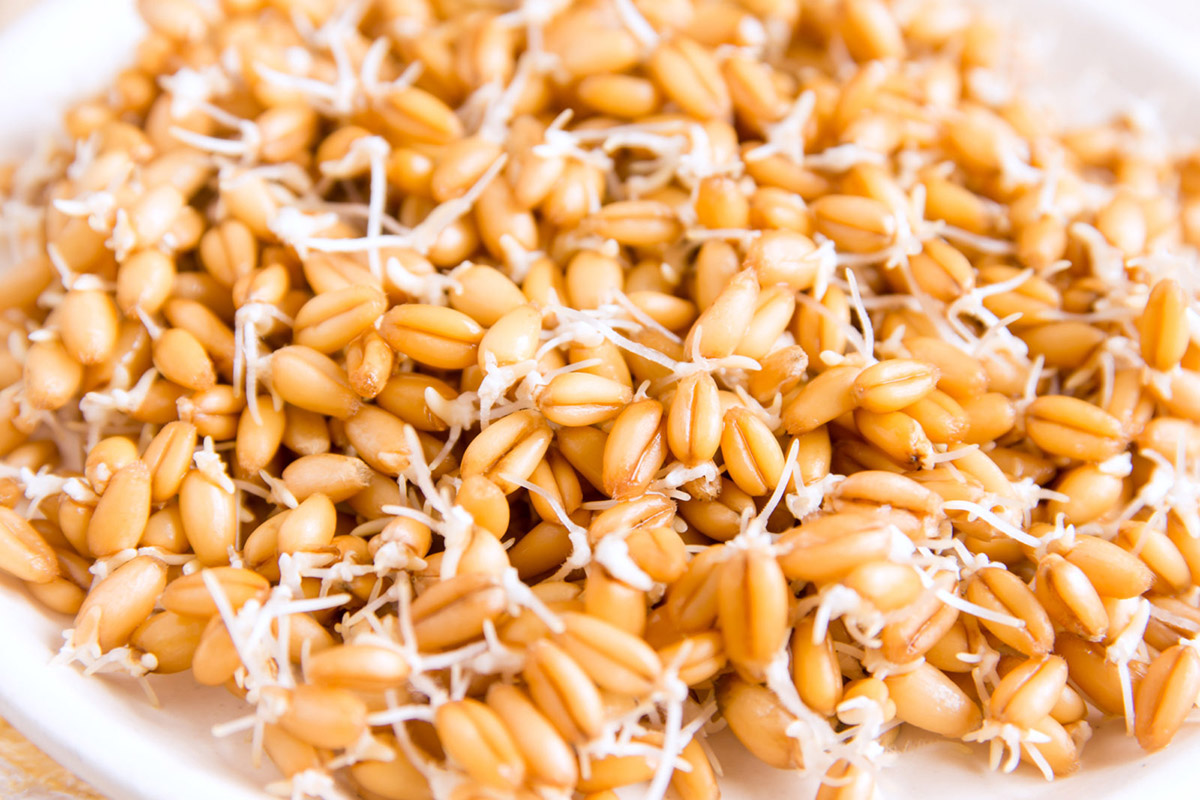

0 thoughts on “How To Seed Ryegrass”